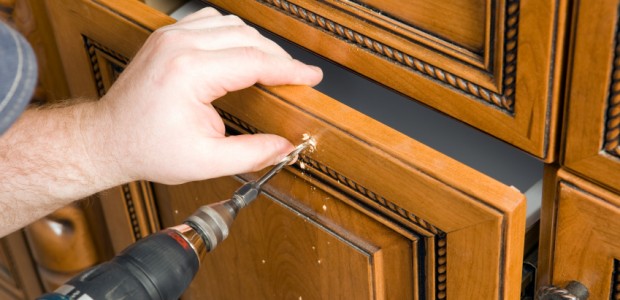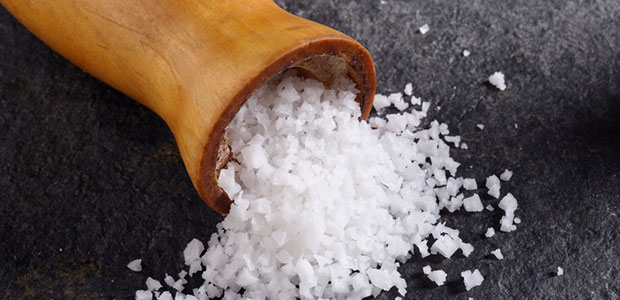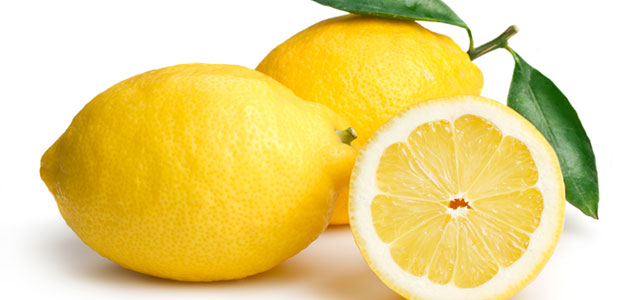Vintage Charm. Switch old pressed fiberwood cabinet or closet doors with antique swirled or crackled glass. The textured or crackled glass will still keep your kitchen looking open and airy while hiding the interior cabinet contents on occasions when things aren’t completely orderly.
Easy Update. Give your cabinets and kitchen drawers an updated look with a fresh coat of no or low VOC paint and new drawer pulls. Use one style on drawers and a contrasting style on doors.
Hide Floor Flaws. No need to entirely refinish a scratched, scuffed wooden floor. You can creatively cover scratches and scuffs with a coat of ECOS VOC-free Floor Paint. Find a variety of colors and finishes at Ecospaints.net.
Beadboard Display. Camouflage that unattractive stove hood by covering it with repurposed beadboard and adding some molding or finials to display china or heirloom kitchen collectibles.



